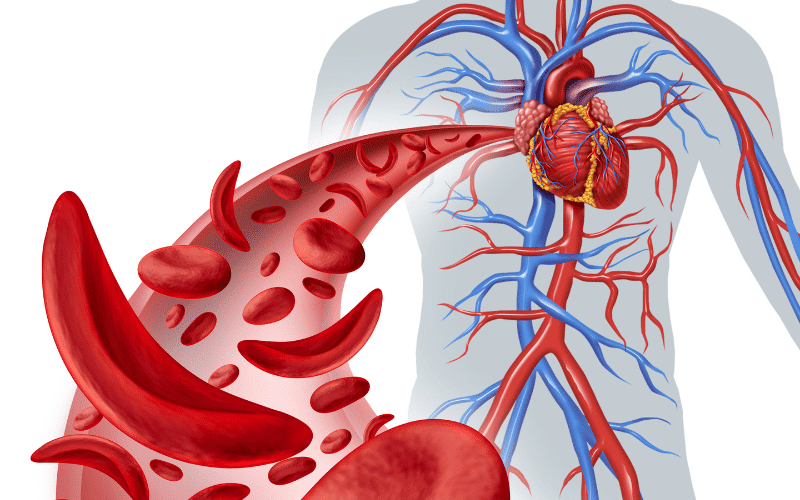6. Sickle Cell Anemia: A Genetic Blood Disorder

Sickle cell anemia is an inherited blood disorder in which red blood cells become crescent-shaped, making it difficult for them to move through small blood vessels. This can lead to a variety of complications, including pain, infections, and organ damage. Sickle cell anemia is most common among individuals of African, Middle Eastern, or Mediterranean descent.
There is no cure for sickle cell anemia, but treatment focuses on managing symptoms and preventing complications. This may include medications to manage pain, blood transfusions, or hydroxyurea, a drug that helps reduce the frequency of painful episodes and the need for transfusions. In some cases, a bone marrow transplant might be an option for eligible patients.
Symptoms of sickle cell anemia can include fatigue, weakness, shortness of breath, and episodes of severe pain known as sickle cell crises. Additionally, the condition can cause delayed growth, frequent infections, and vision problems. Regular medical care is essential for individuals with sickle cell anemia to help manage symptoms and prevent complications.
Preventing sickle cell anemia is not possible, as it’s an inherited condition. However, genetic counseling and prenatal testing can help couples understand their risk of passing the condition onto their children and make informed decisions about family planning. (6)